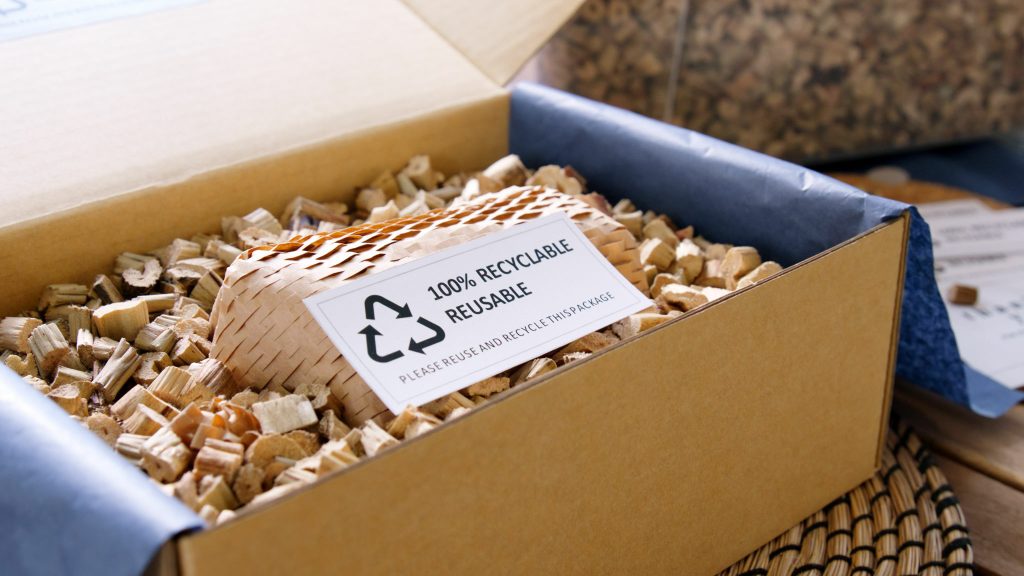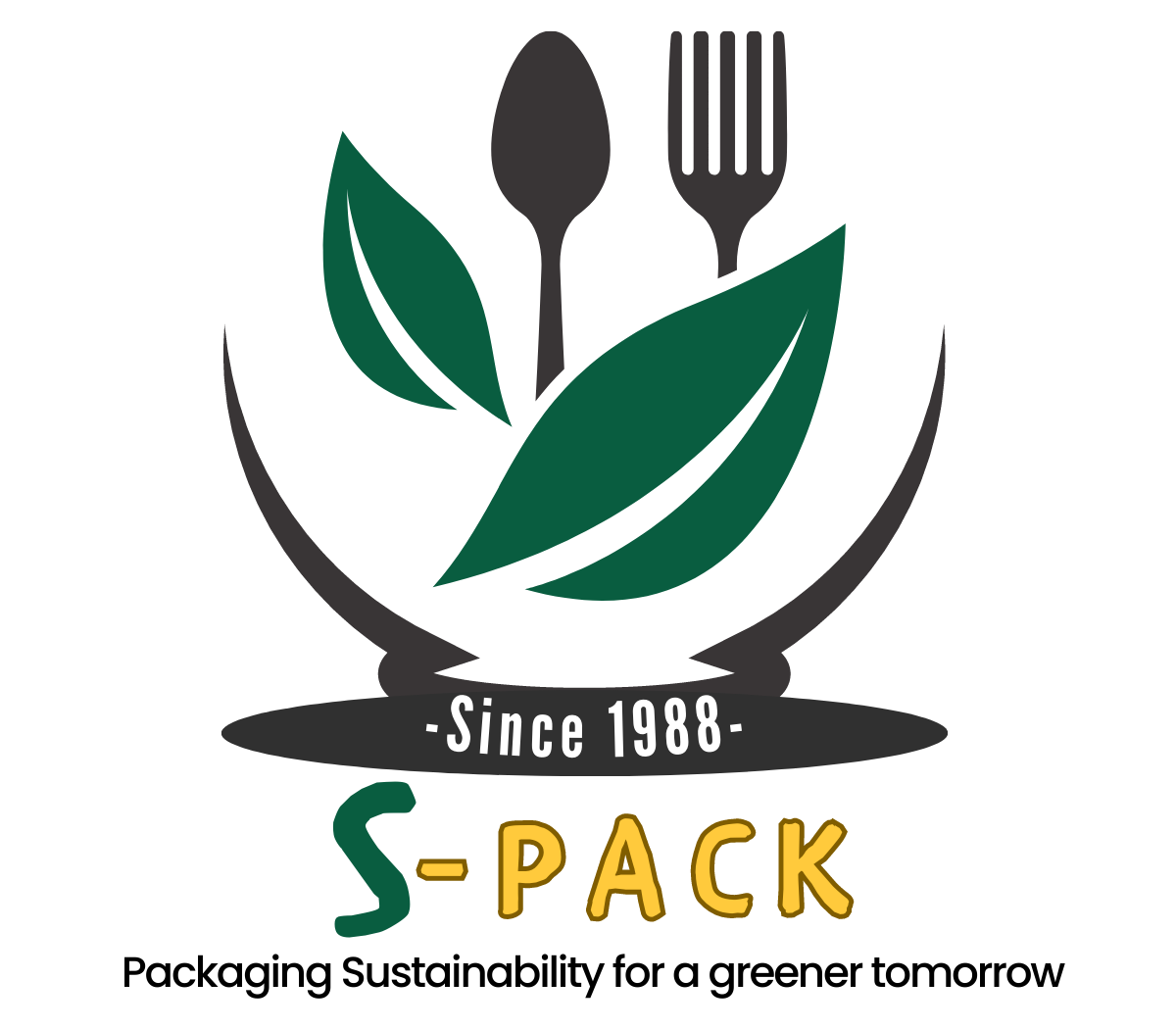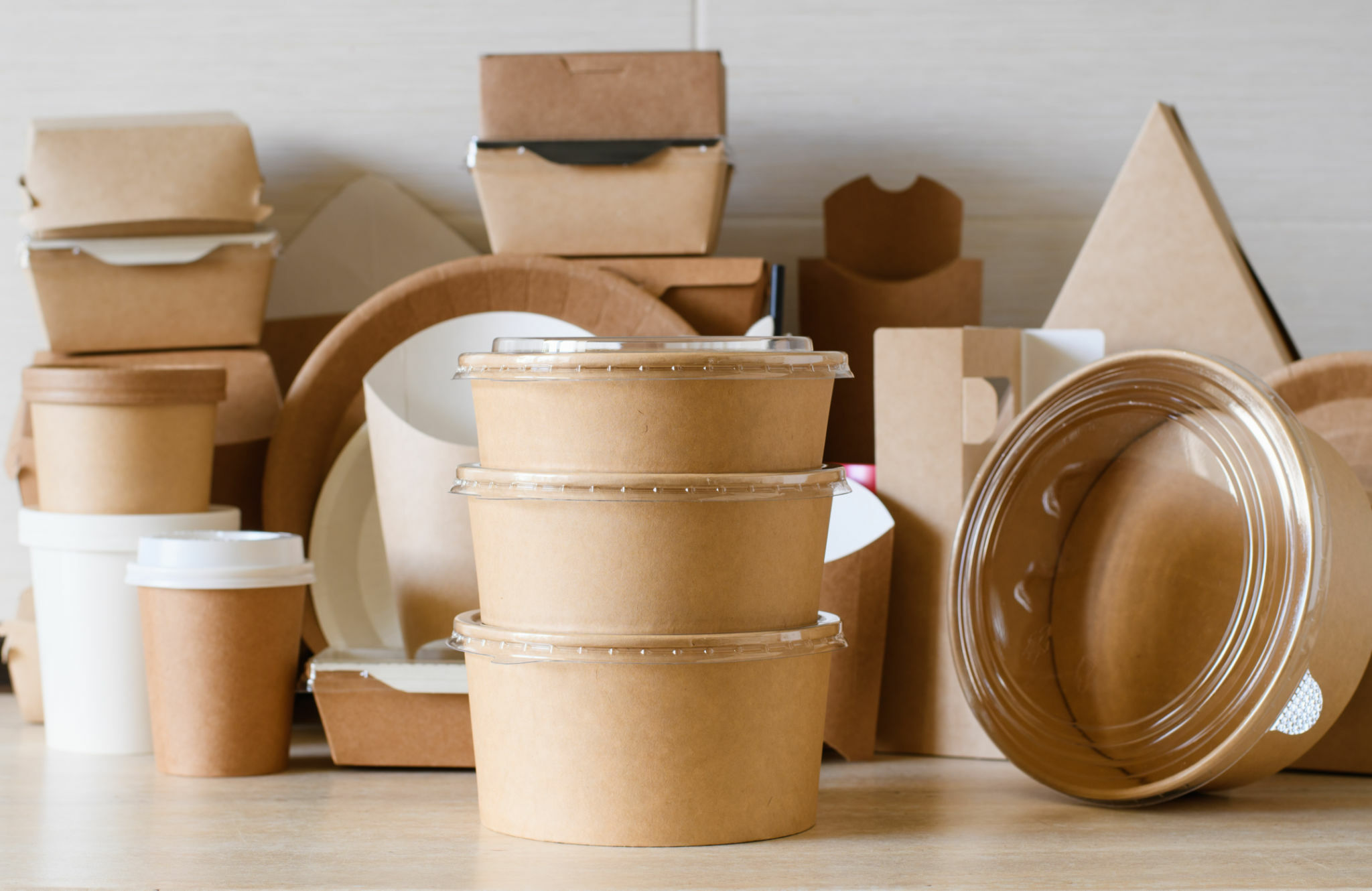Packaging today is no longer just about protecting products; it serves to express a brand’s values, demonstrate commitment to sustainability and influence consumer buying decisions. Navigating the ever-evolving landscape of sustainable packaging materials may seem daunting; this guide equips you with knowledge and considerations for making informed choices that minimize environmental footprint while simultaneously optimizing functionality and brand identity.
Understanding Sustainability
Before diving into materials, let’s establish the core principles of sustainable packaging:
- Minimize: Utilize only what’s necessary for product protection, while remaining cost-efficient and environmentally responsible.
- Renewable: Prioritize materials made of renewable resources like plants and fungi when choosing materials to protect your product effectively.
- Recyclable or compostable: Consider materials which can easily be recycled or composted at the end of their livescycle cycle – closing out their life cycle fully!
- Biodegradable: Biodegradable materials that break down naturally without harming the environment should be chosen.
- Reduced toxicity: Toxicity should also be minimized to limit use of harmful chemicals and inks in packaging processes.
Material Choices for a Sustainable Future
1. Paper and Cardboard:
- Recycled paper: The greenest choice with high recycling rates and lower environmental impacts than virgin paper.
- FSC-certified paper: Ensures responsible forest management and sustainable sourcing.
- Grass paper: An emerging material made from renewable grass fibers that offers both unique texture and eco-friendliness.
2. Bioplastics:
- PLA (polylactic acid): Derived from corn starch or sugarcane, PLA biodegrades in industrial composting facilities.
- PHA (polyhydroxyalkanoates): Produced by microorganisms, PHA demonstrates excellent biodegradability and compostability.
- Cellophane: Made from plant cellulose, cellophane is biodegradable and compostable under specific conditions.
3. Reusable Materials:
- Glass: Durable, recyclable, and reusable, glass offers a premium and sustainable option for certain products.
- Metal: Similar to glass, metal is highly recyclable and reusable, making it ideal for long-lasting products.
- Textiles: Reusable bags and wraps made from organic cotton or hemp offer a sustainable alternative to single-use plastic packaging.
4. Innovative Alternatives
- Mushroom packaging: Mycelium, the root structure of mushrooms, can be grown into sturdy, biodegradable packaging materials.
- Seaweed packaging: Sustainable and edible, seaweed-based packaging offers a unique and environmentally friendly option.
- Refill systems: Eliminating the need for disposable packaging, refill systems encourage product reuse and reduce waste.

Beyond the Material
Choosing the right material is just the first step. Consider these additional factors for a truly sustainable packaging solution:
- Local sourcing: Reduce transportation emissions by sourcing materials from local suppliers.
- Minimal printing and embellishments: Limit the use of inks and embellishments to minimize waste and chemicals.
- Easy recyclability or composting: Design packaging that is easily disassembled and sorted for proper disposal.
- Life cycle assessment: Analyze the environmental impact of your packaging throughout its entire lifecycle, from material extraction to disposal.
Making the Right Choice
The “best” material for your packaging will depend on your specific product, brand identity, and target audience. Consider these questions:
- What are the functional requirements of your packaging?
- What is the product’s shelf life and storage needs?
- What disposal infrastructure is available to your customers?
- What aligns with your brand’s sustainability goals and values?
By carefully considering these factors, you can make informed choices that minimize your environmental impact and resonate with your customers.
Conclusion
Sustainable packaging has rapidly become the industry standard, moving beyond being just an interesting trend to become part of everyday practice. Through cutting-edge materials, sustainable sourcing practices, and conscious design decisions you can produce packaging that safeguards products, brand recognition, and the environment. Creating packaging which supports product protection, brand promotion and environmental responsibility all while saving our planet. Your choices today will shape its future so make wise ones and pave the way towards a more eco-friendly future.

